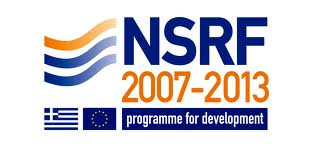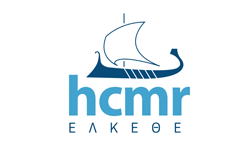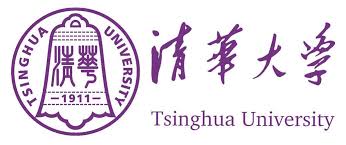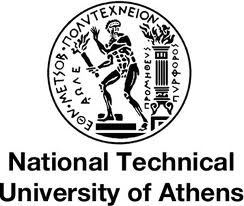| Work-package number | 4 | |||
| Work-package title | Methodological development for automated low-level measurements | |||
| Participant number | 1 | 2 | 3 | 4 |
| Participant short name | DPE -TU | IO-HCMR | DP – NTUA | |
| New salary personnel | ||||
| Individual contracts | ||||
| Objectives:
The main objective of this work-package concerns the development of the methodology for automated low radioactivity measurements in marine environment. The methodology will be established by extended simulation and experimental studies and it will be integrated by developing a new algorithm. This algorithm will perform spectrum analysis automatically providing to the end users the radioactivity levels (in absolute units) as well as the radiological status of the studied marine area to the shortest possible time. |
| Tasks:
T4.1. Experimental calibrations The first task aims to perform all calibration actions of the system in an artificial aquatic environment (laboratory). A special tank for such purposes in the facilities of DP-NTUA will be exploited. The system will be placed in the middle of the tank (fulfilled with known volume of freshwater) acquiring spectra while small quantities of reference sources (137Cs, 134Cs, 226Ra, 131I and 99mTc) in aquatic solutions will be steadily added. All calibration tasks (energy calibration, energy resolution and efficiency) will be performed using the reference spectra (as acquired using the calibrations sources) and the simulation runs. Moreover, the minimum detectable activity (MDA) will be experimentally determined as a function of time. Previous methodological experience of the HCMR and DP-NTUA will be utilized ([Vlastou et al., 2006], [Bagatelas et al., 2010]). T4.2. Study for MDA optimization During this task a special procedure for MDA optimization will be developed. The procedure will remove the contribution of radioactive potassium 40K from the acquired spectra. Potassium 40K is a natural radioisotope rich in seawater and its presence results enhanced background levels limiting the MDA for other radio-ecologically important radioisotopes (e.g. 137Cs and 131I). The first step for the removal purpose is the calculation of the activity concentration of 40K using the corresponding photo-peak from the acquired spectra and the efficiency parameter obtained in the previous task (T4.1). Using the measured activity of 40K as reference, the simulation code will reproduce the spectrum of 40K contribution. The aforementioned spectrum will be finally subtracted (as number of events per energy) from the experimental spectra. This analysis step will reveal potential photo-peaks of other low activity radioisotopes which they are concealed underneath the background level. The main benefit of the methodology is the reduction of the minimum detectable activity for all other (apart of the 40K) radionuclides which may contribute to the experimental gamma-ray spectra. T4.3. Automated spectra analysis for early warning applications The IO-HCMR team has already developed an algorithm, based on wavelets techniques, for automated analysis of spectra acquired by NaI(Tl) detectors [Tsabaris and Prospathopoulos, 2011]. In this task, the algorithm will be further developed to analyze the spectra of the new system. The procedure of MDA optimization described in the previous task (T4.2) will be integrated in to the algorithm. Furthermore, this new integrated algorithm will be supplied with databases concerning international committed limits of activity concentrations in marine environment for several radio-ecological important radionuclides. The algorithm will perform comparisons between these limits with activity concentrations measured by the system providing the end users a first radiological status of the marine areas.
|





